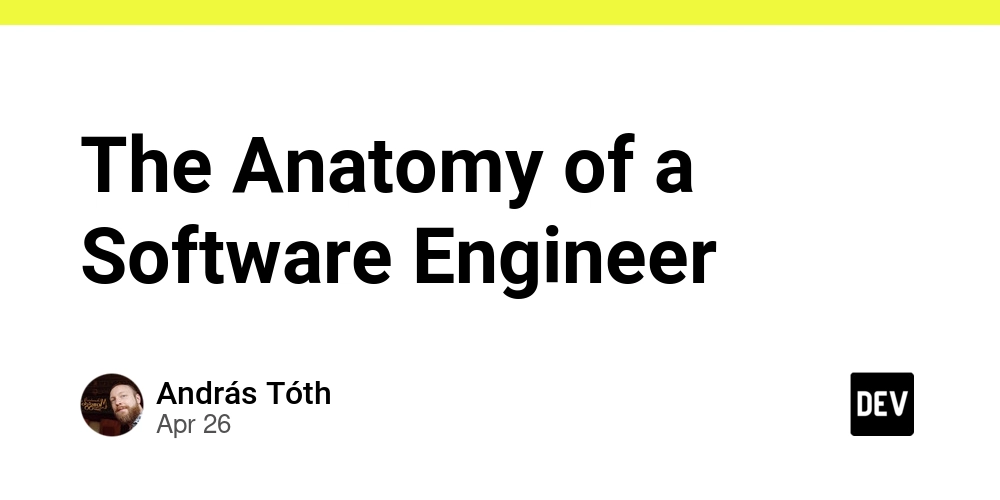Solve Video Question Problems: Cross-Modal Causal Relation Alignment (CRA) Explained
Tired of video question answering (VideoQA) systems that fail to pinpoint the video segments that actually answer the question? Standard models often struggle with irrelevant visual information, displaying inconsistent results. Cross-modal Causal Relation Alignment (CRA) offers a robust solution to address these weaknesses, improving question answering and video grounding.
This article explores CRA, a novel framework designed to eliminate misleading correlations and boost the causal consistency between answering questions and identifying relevant video moments. Learn how CRA enhances VideoQA tasks and improves the reliability of your results.
What is Cross-Modal Causal Relation Alignment (CRA)?
Cross-modal Causal Relation Alignment (CRA) is a groundbreaking framework developed to tackle the challenges of Video Question Grounding (VideoQG). It ensures that the model focuses on the most relevant visual cues by eliminating spurious correlations between the video and the question. This leads to more accurate answer prediction and precise video segment identification for faithful VideoQG.
CRA enhances the reliability of vision-language models, providing more robust performance on complex downstream tasks like VideoQG. By emphasizing causal relationships, CRA improves the model's generalization capabilities and overall trustworthiness.
Getting Started with CRA: Installation & Setup
Ready to implement CRA? Follow these simple steps to get started:
- Clone the Repository:
- Create a Conda Environment: Ensure you have the necessary dependencies.
Datasets Supported by CRA
CRA is evaluated on two popular VideoQA datasets: NextGQA and STAR. Let's look at how to prepare the data for each.
- NextGQA: Follow the preprocessing steps outlined in the NextGQA documentation to obtain video features, QA annotations, and evaluation timestamps.
- STAR: Similar to NextGQA, preprocess the STAR dataset to gather the necessary video features, QA information, and timestamps.
After preparing the data, sample the multi-modal features for causal intervention using the .ipynb files provided:
sample_linguistic_feature.ipynb: generates semantic structure graph features.sample_visual_feature.ipynb: extracts video features.
Organize your data according to the provided file structure to ensure seamless integration with the CRA framework.
Training Your CRA Model
To kick off the training process, follow these steps:
- Configure Settings: Modify the parameters in the
configfolder, specifying the data paths and other relevant configurations. This step is crucial for tailoring the training to your specific dataset and hardware. - Run the Training Script: Launch the training process by directly executing the
main.pyscript. This script orchestrates the training loop, leveraging the configurations you've defined.
Inference with CRA: Answering Questions from Video
Once your model is trained, performing inference is straightforward:
- Specify Weight Path: In the
configfile, ensure you provide the correct path to your trained model's weights. This allows the script to load the trained parameters. - Run Inference: Execute
main.py --infer Trueto start the inference process. The script will load the model weights and begin answering questions based on the video data.
Delving Deeper: CausalVLR Integration
For those interested in exploring the causal module in greater depth, it has been integrated into the open-source causal framework CausalVLR. This integration lets researchers and developers dive deeper into causal relationships within vision-language models.
Citation
If you use this in your research, please cite the following paper:
@inproceedings{chen2025cross,
title={Cross-modal Causal Relation Alignment for Video Question Grounding},
author={Chen, Weixing and Liu, Yang and Chen, Binglin and Su, Jiandong and Zheng, Yongsen and Lin, Liang},
booktitle={Proceedings of the IEEE/CVF Conference on Computer Vision and Pattern Recognition},
year={2025}
}
By implementing CRA, you can significantly improve the accuracy and reliability of your VideoQA systems using cross-modal causal relation alignment, leading to better results and a more faithful understanding of video content.








